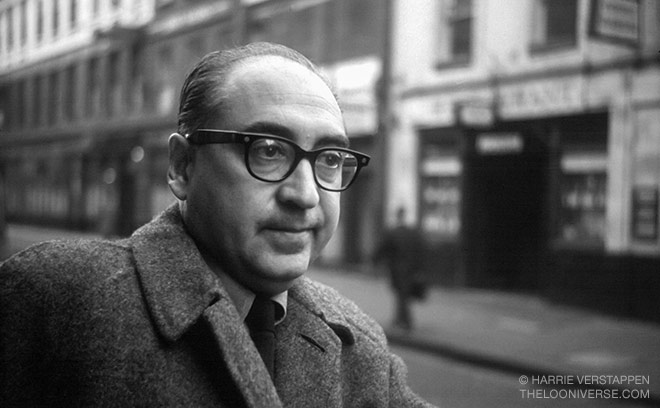During the 1960s, Saul Bass was asked by directors and producers to produce not only title sequences for their films, but also to visualize and storyboard key scenes and sequences with them. Bass has the unusual credit of 'visual consultant' or 'pictorial consultant' on five films. For Spartacus (1960), Bass as 'visual consultant' designed key elements of the gladiator school and storyboarded the final battle between slaves and Romans.
Saul Bass introduced the idea of using a montage of fast cuts and tight framing to render a violent, bloody murder as an impressionistic and nearly bloodless one. Alfred Hitchcock felt uncertain about Bass' conception of the scene fearing that audiences might not accept such a stylized and quickly cut sequence. In an interview with film historian Pat Kirkham, Bass recalled, 'having designed and storyboarded the shower sequence, I showed it to Hitch. He was uneasy about it. It was very un-Hitchcockian in character. He never used that kind of quick cutting; he loved the long shot'.
To convince Hitchcock that the scene would work as planned, eight days before shooting of the final shower scene. Bass used a newsreel camera and Janet Leigh's stand-in Marli Renfro to shoot footage on the set to plan the shots in more detail. Working with Hitchcock's editor George Tomasini, he edited this footage following the storyboards to show Hitchcock how the scene would work. In the end, Hitchcock gave his approval but, according to Kirkham, made two additions: a spray of blood on the chest of Marian as she slides down the tiles and a close-up on her belly getting stabbed.
In 1964, Saul Bass directed a short film titled 'The searching eye' shown during the 1964 New York World's Fair. He also directed a short documentary film called 'Why Man Creates' which won the Academy Award for Documentary Short Subject in 1968. In 1974, Saul Bass made his only feature-length film as a director, the visually splendid though little-known science fiction film Phase IV.
(SW)
Saul Bass introduced the idea of using a montage of fast cuts and tight framing to render a violent, bloody murder as an impressionistic and nearly bloodless one. Alfred Hitchcock felt uncertain about Bass' conception of the scene fearing that audiences might not accept such a stylized and quickly cut sequence. In an interview with film historian Pat Kirkham, Bass recalled, 'having designed and storyboarded the shower sequence, I showed it to Hitch. He was uneasy about it. It was very un-Hitchcockian in character. He never used that kind of quick cutting; he loved the long shot'.
To convince Hitchcock that the scene would work as planned, eight days before shooting of the final shower scene. Bass used a newsreel camera and Janet Leigh's stand-in Marli Renfro to shoot footage on the set to plan the shots in more detail. Working with Hitchcock's editor George Tomasini, he edited this footage following the storyboards to show Hitchcock how the scene would work. In the end, Hitchcock gave his approval but, according to Kirkham, made two additions: a spray of blood on the chest of Marian as she slides down the tiles and a close-up on her belly getting stabbed.
In 1964, Saul Bass directed a short film titled 'The searching eye' shown during the 1964 New York World's Fair. He also directed a short documentary film called 'Why Man Creates' which won the Academy Award for Documentary Short Subject in 1968. In 1974, Saul Bass made his only feature-length film as a director, the visually splendid though little-known science fiction film Phase IV.
(SW)

